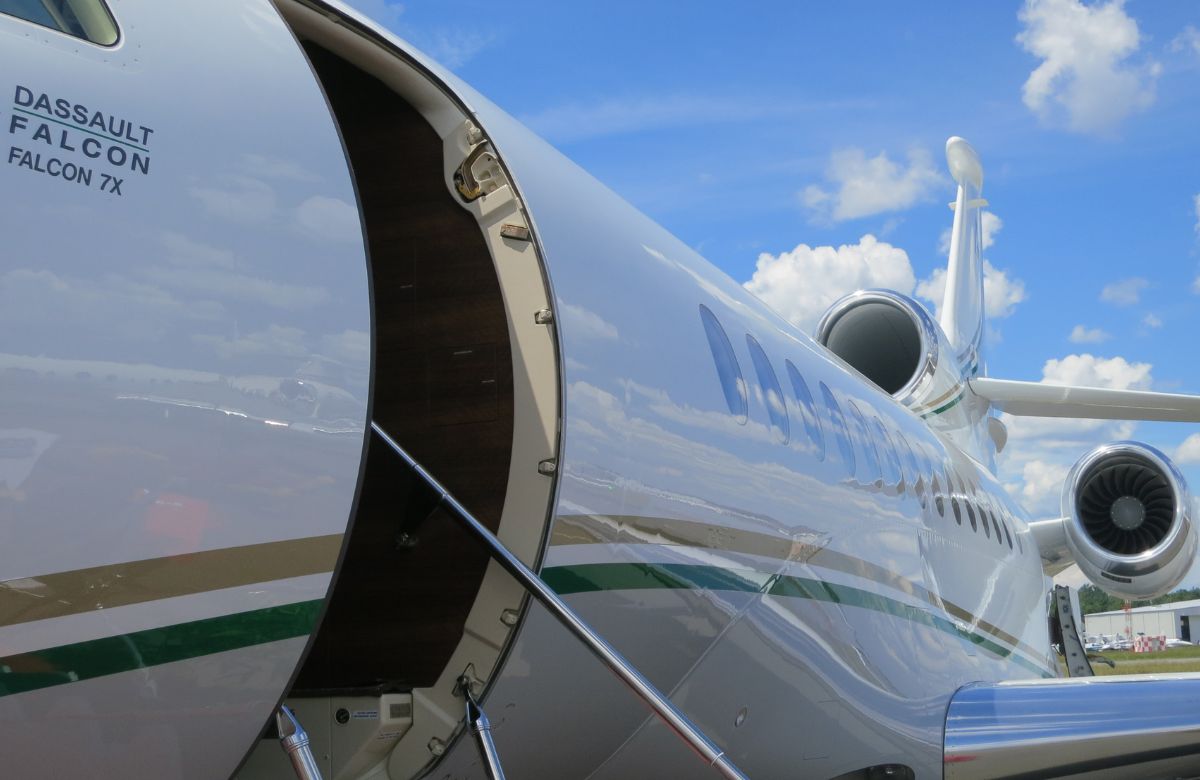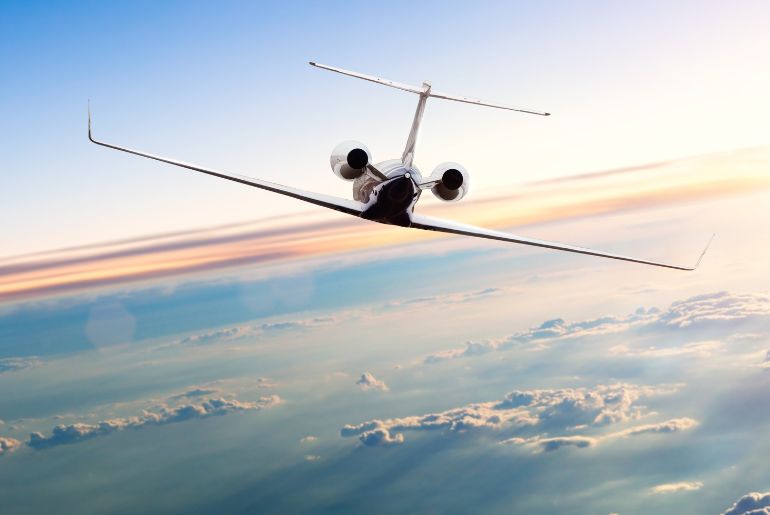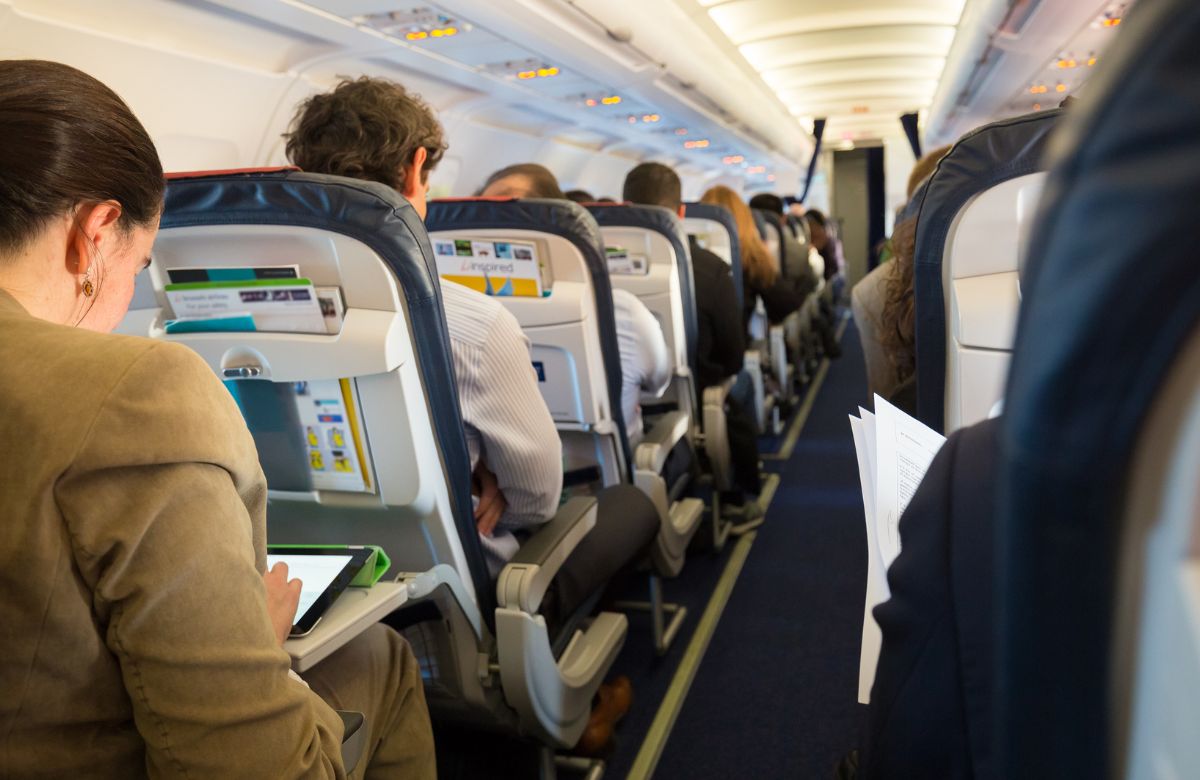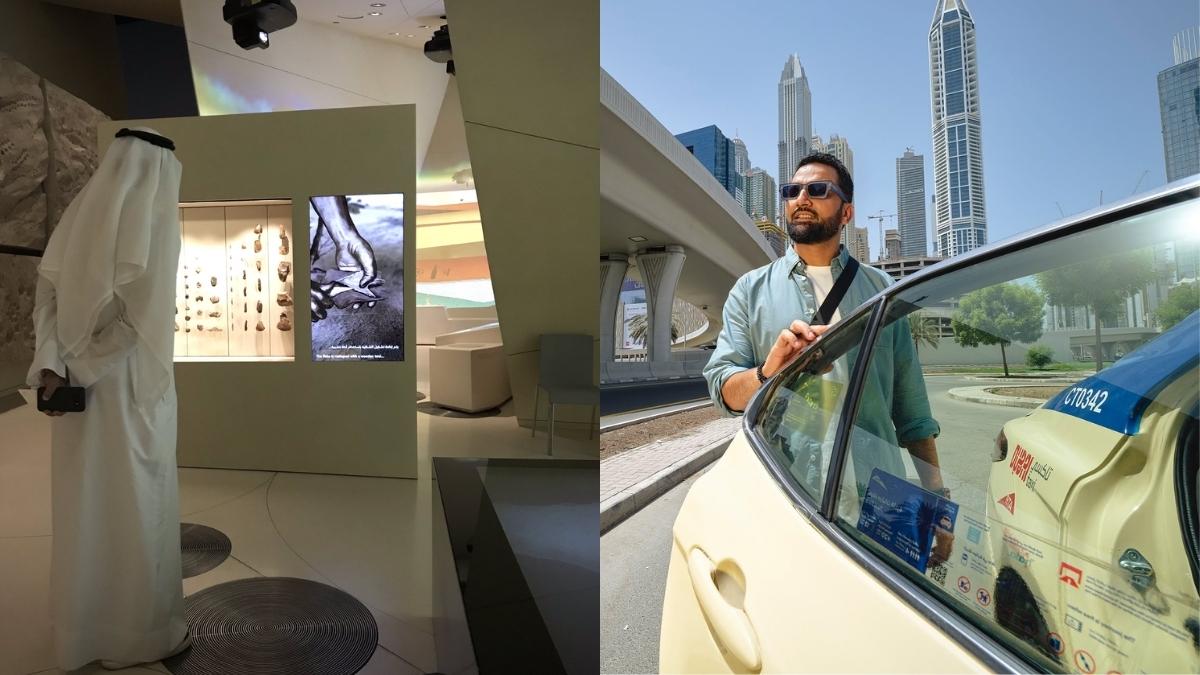In the world of aviation, there exists a term called deadheading which is fascinating to outsiders but despised by crews everywhere for a variety of reasons. In the aviation industry, deadheading plays a crucial role in ensuring the efficient and safe operation of airlines, yet it remains a relatively obscure term to the general public.
What Is Deadheading?

Many times, passengers wonder why pilots and flight attendants are seated next to them in uniform and inquire about their jobs. Deadheading crew members are typically provided with tickets for the passenger flight they will be travelling on. Depending on airline policies and availability, they may occupy passenger seats.
Deadheading in aviation refers to the practice of transporting airline employees, particularly flight crew and cabin staff, from one location to another using scheduled passenger flights. However, these employees are not on duty or working during these flights. Instead, they are being repositioned to their next assignment.
These crew members often wear their uniforms and carry their identification, making them easily recognizable to airline staff and fellow passengers.
The act of flying a pilot or member of the cabin crew on a commercial aircraft to another airport to change positions happens so they may work a flight. For instance, this occurs if a flight attendant calls in sick and a replacement needs to be recruited to adhere to aircraft manning regulations.
ALso Read: Vistara Staff Leaves A Blind Elderly On Plane Alone; Son’s Video Goes Viral. Airline Responds
Are The Flight Members Paid?

The amount they receive will vary depending on the airline, but it will often be the same as if you were on active duty. Even though they don’t have to actively work on the aircraft, pilots and flight attendants get paid their full rate when they are deadheading because they are deemed to be on duty.
They typically board first and must wear uniforms in case they ask to work during the flight, which happens in very rare cases or must board another plane right away after landing.
At times, in the case of long-haul flights, airlines may opt to swap out the crew at a midpoint stop, especially if it’s a high-demand route. The departing crew may be deadheaded back home while a fresh crew takes over.
While it may occasionally raise questions among passengers, deadheading remains a routine and carefully managed aspect of airline operations.
Cover image credits: Canva
First Published: September 05, 2023 2:42 PM



